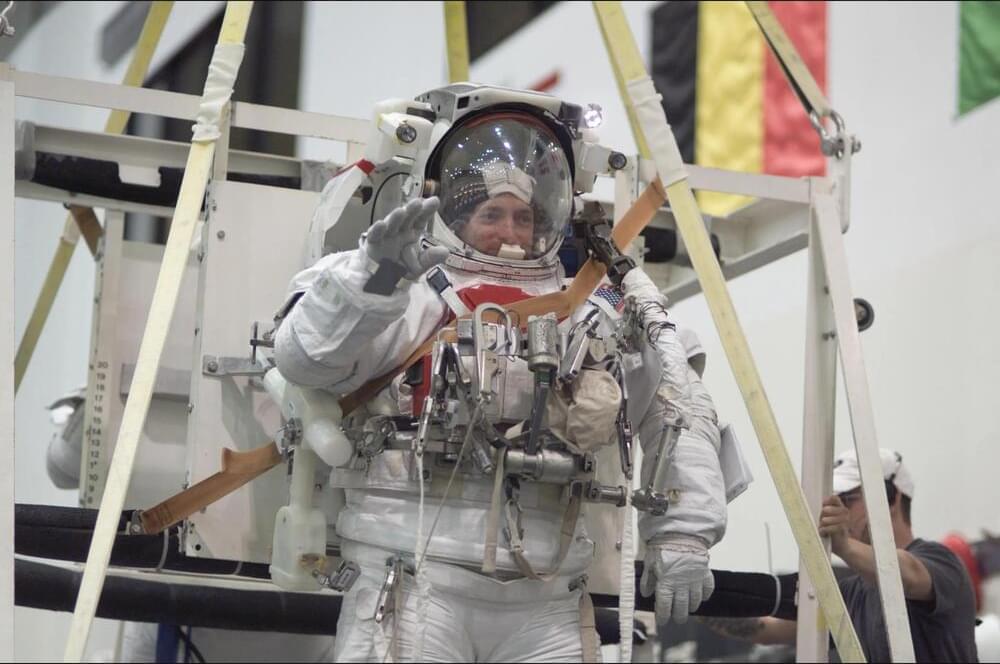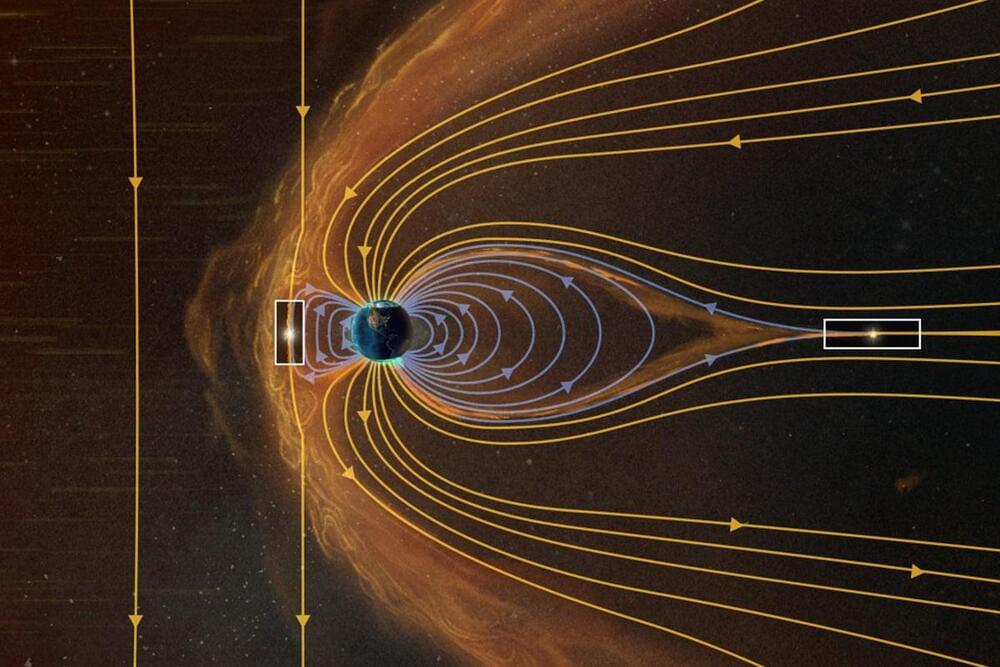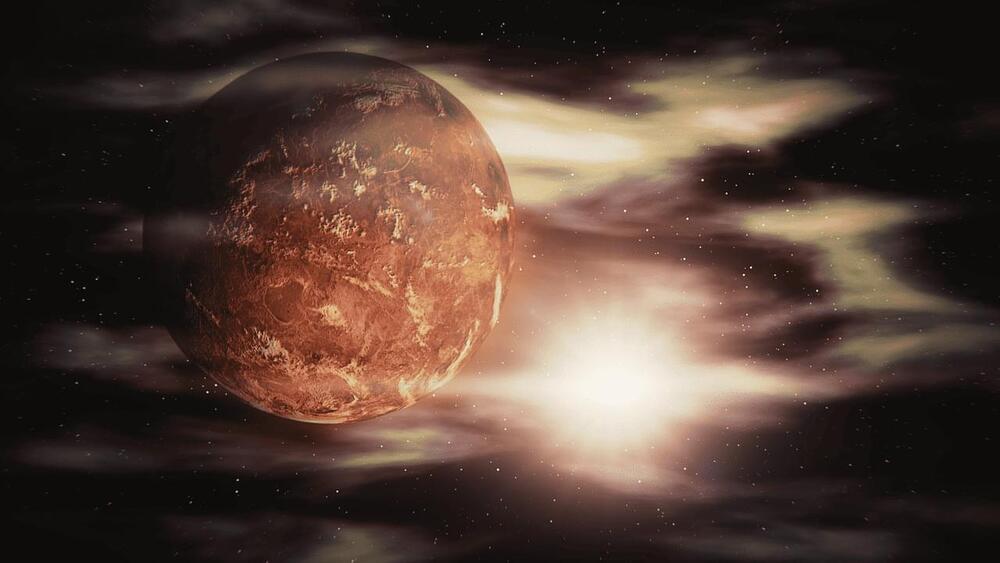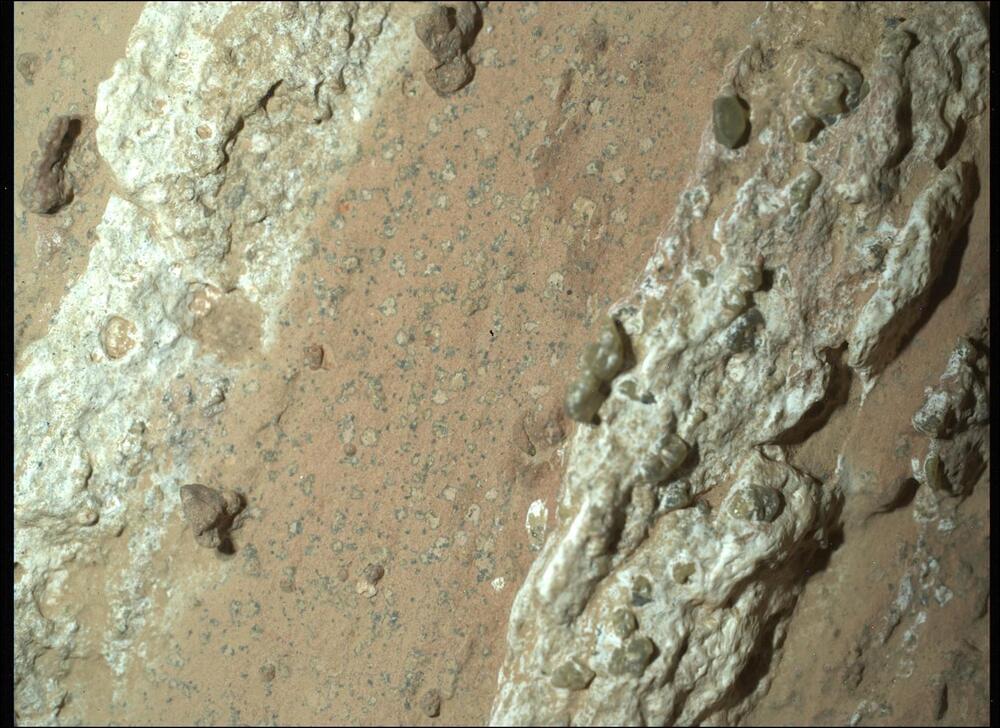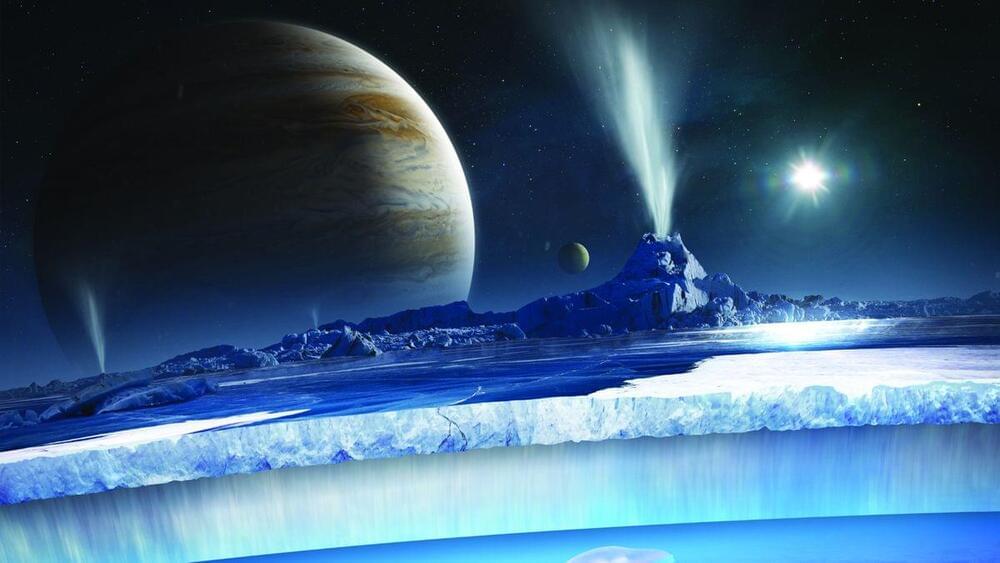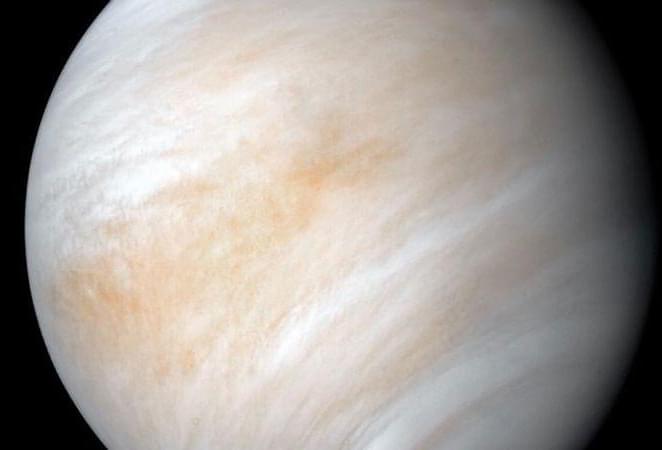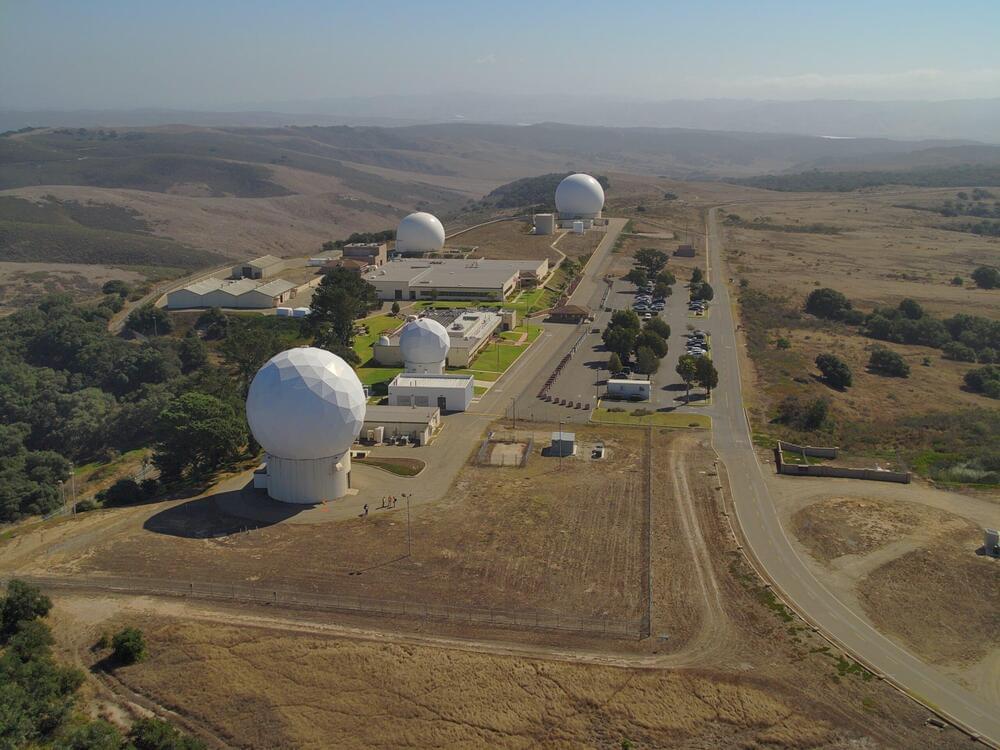Aug 1, 2024
Mark Kelly Could Halt Plans To Crash The International Space Station
Posted by Chris Smedley in categories: robotics/AI, space
If Mark Kelly, the Space Shuttle pilot who played a pivotal role in assembling the International Space Station, is catapulted into the White House as Vice President, he could quickly help reverse the death sentence that NASA’s current leaders have placed on the ISS.
Now a widely popular U.S. senator and potential running mate of Kamala Harris, Kelly spent the first decade of the new millennium ferrying European and Japanese modules to the Station — and guiding gigantic robotic builders to put the ISS together — all while the outpost was circling the planet at 17,000 miles per hour.
The space hero — recently inducted into the pantheon of the greatest American astronauts — is likely part of a contingent of ISS spacefarers who back saving the orbiting icon from NASA’s death decree by boosting it into a higher orbit and transforming it into an eternal monument to human ingenuity, says Rick Tumlinson, a torchbearer in the “Save Our Station,” or SOS movement.
